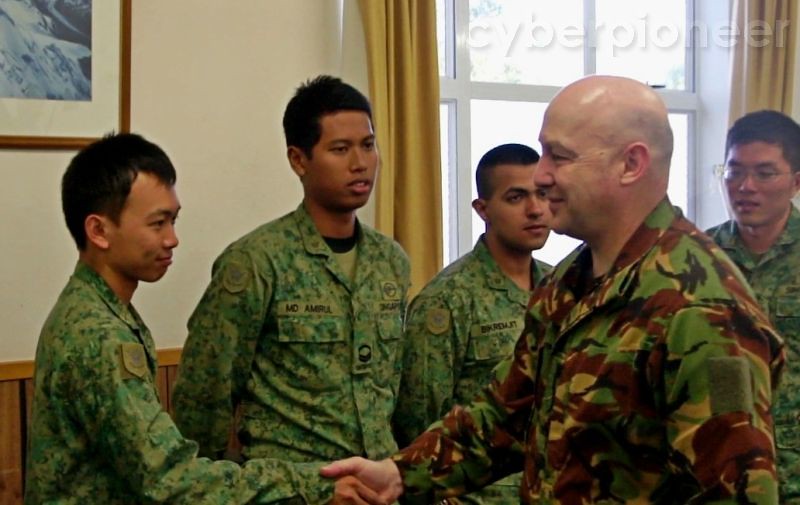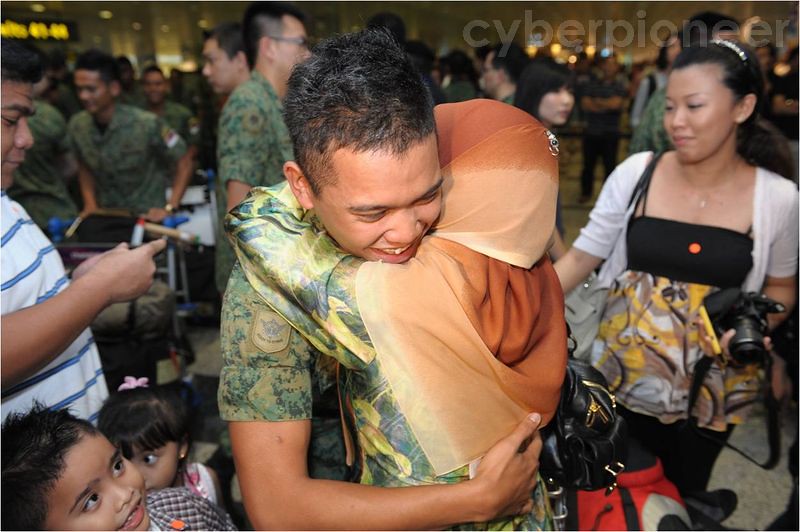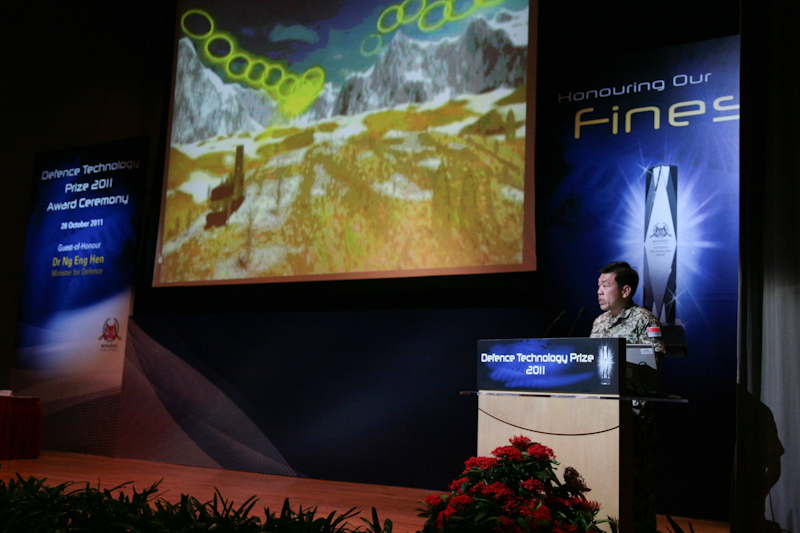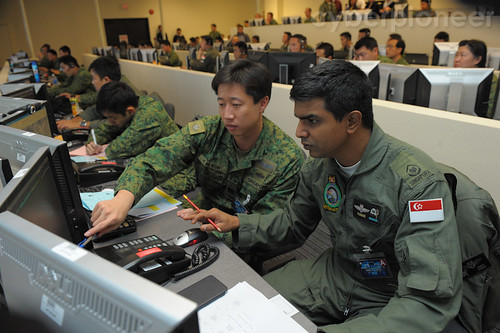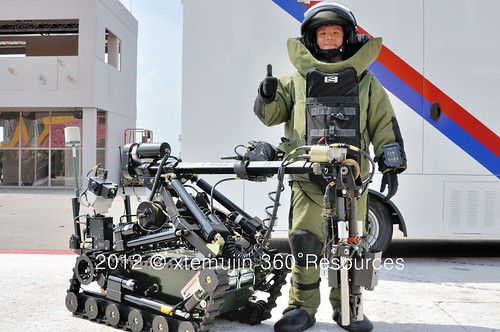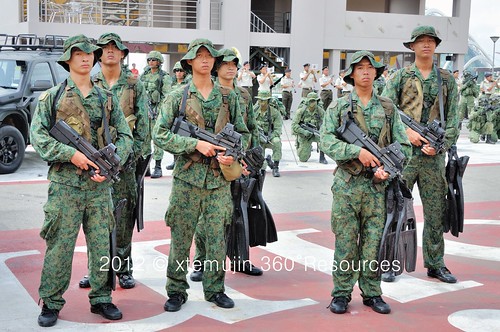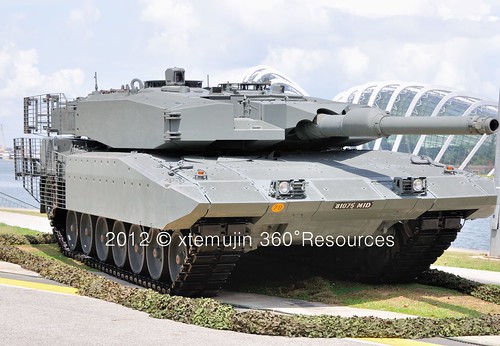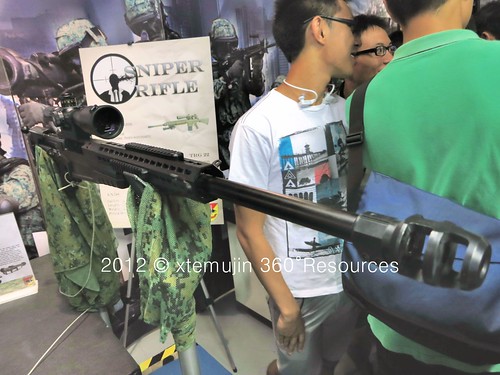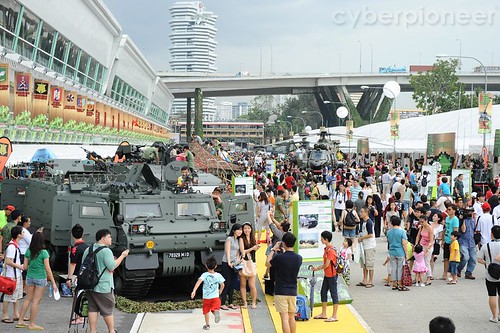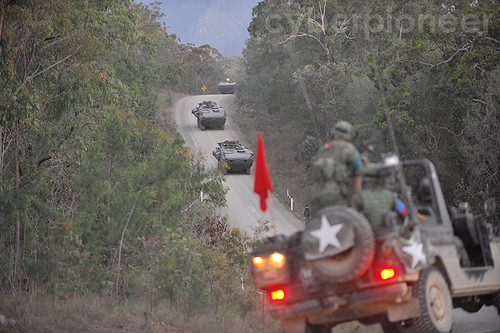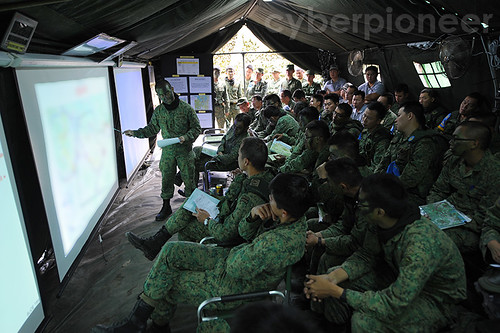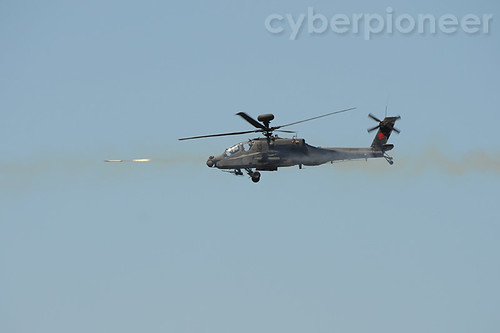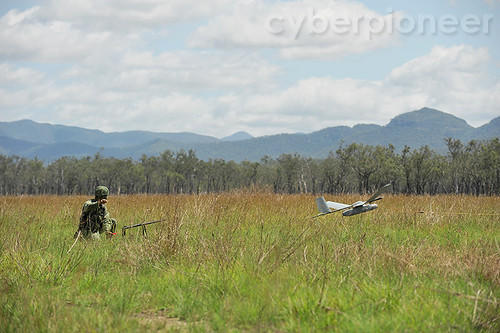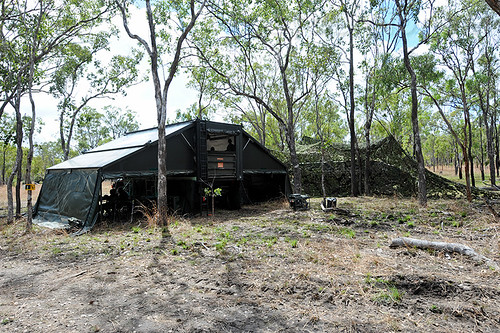Exercise Wallaby 2012
The Terrex represents the motorisation of Singapore's infantry in our forward deployable combined arms divisions. There are 3 combined arms divisions:- 3rd Division, 6th Dvision and 9th Division, a rapid deployment division (or the 21st Division - Commanded by the Chief Guards Officer) and an armoured division (the 25th Division - commanded by the Chief Armour Officer). The infantry in all the above divisions will be trained to use the Terrex (but not all units will be equipped with the Terrex). The Terrex have certain specific roles in our forward defence plans and they are also swim capable.
TERREX Marine Personnel Carrier (SAIC) - YouTube
The Marine Personnel Carrier (MPC) is a wheeled armored personnel carrier under development for acquisition by the US Marine Corps (USMC). The MPC is a new capability that will be a multi-wheeled, armored personnel carrier designed to operate across the range of military operations but focused on an irregular warfare operating environment characterized by operations in constrained and urban terrain. On March 23, 2012 Singapore |
ST Kinetics, the land systems arm of ST Engineering, and
Science Applications International Corporation (SAIC) announced that they teamed for the upcoming U.S. Marine Corps Marine Personnel Carrier programme. For more info on ST Kinetics and SAIC offering in the MPC Programme, see the link to the
ST Press Release. Further, on
6 November 2012, it was announced that the Terrex was accepted by the USMC for the demonstration and studies phase of the MPC programme.
A SAW gunner from 5 SIR making sure his surroundings are clear of any opposition forces before making his next move
Over five days and four nights in vast tracts of unfamiliar terrain, the infantry soldiers from the 5th Battalion, Singapore Infantry Regiment (5 SIR), executed dismounted attacks, performed a helicopter insertion and fought opposition forces in a built-up area.
5 SIR troopers break a window to access the container.
Taking the troops through long stretches of uneven ground in an area several times the size of Singapore were the Terrex Infantry Carrier Vehicles (ICVs), the latest infantry asset of the Singapore Armed Forces (SAF).
Soldiers from 5 SIR moving cautiously upstairs to clear the area of any opposition forces.
These operations were part of the battalion's Army Training Evaluation Centre (ATEC) evaluation, held from 2 to 6 Oct at Exercise Wallaby 2012 in Shoalwater Bay Training Area (SWBTA), Queensland, Australia. During the five-day evaluation, 5 SIR was assessed on its ability to plan and execute specific operations, which included dismounted attacks, helicopter insertions and combat in built-up areas. Besides warfighting capabilities, other aspects such as casualty evacuation and treatment were also evaluated.
Soldiers from the opposition force using an Aggressor Armoured Simulation Kit (AASK) to "take down" the incoming Terrex ICVs.
An ATEC evaluation tests the combat proficiency and operational standards of a unit to ensure that its operational readiness is maintained, and fighting capabilities are kept sharp to deal with potential threats. In a typical ATEC appraisal, soldiers from the ATEC's Opposing Force (OPFOR) Company play the role of the "thinking enemy", while a core team of umpires shadow the various appointment holders - from the Commanding Officer to the section commanders - throughout the entire period. This is to ensure a fair and credible assessment of the unit's overall performance.
Terrex ICVs open fire on the opposition force (in jeep) during 5 SIR's ATEC.
Explaining the value of conducting motorised infantry battalion training at Exercise Wallaby, Exercise Frame 1 Commander and Commander 3rd Singapore Infantry Brigade, Colonel (COL) Seet Uei Lim, said: "The vast training space allows the Terrex ICVs to manoeuvre long distances and conduct live-firing at the battalion level with various land and air platforms. This is something that we're unable to do back home due to space limitation. "The involvement in the exercise tests the combat proficiency of the soldiers at both the individual and battalion levels. It raises the unit's proficiency and readiness."
The Terrex ICVs at the live firing and using their .50 calibre heavy machine guns to full effect
On the debut of the motorised infantry battalion at Exercise Wallaby, COL Seet explained that the training cycle of 5 SIR coincided with this year's exercise and was therefore timely for the battalion to participate in the integrated live-firing to validate its networked fighting capabilities.
5 SIR Pioneers clearning a simulated minefield to enable vehicles and other reinforcements to pass through.
Since taking delivery of the Terrex ICVs in 2010, 5 SIR is the second operationalised motorised infantry battalion, following 2 SIR. The latter attained its operational status in May last year.

